Additional Research Sources
Adams, M.J. (1990). Beginning to read: thinking and learning about print. Cambridge, MA: MIT Press.
Asher, J. J. (2012). Learning another language through actions. Los Gatos: Sky Oaks Productions.
Asher, James. (2012). Brainswitching- A Skill for the 21st Century; Total Physical Response (TPR)
Bear, D.R., Invernizzi, M., Templeton, S., & Johnston, F. (2012). Words their way (5th ed.). Boston, MA: Pearson.
Beghetto & J. C. Kaufman (Eds.). Nurturing creativity in the classroom (2nd Ed.). New York: Cambridge. How Social-Emotional Imagination Facilitates Deep Learning and Creativity in the Classroom
Bergen, D.,& Coscia, J. (2001). Brain research and childhood education: Implications for educators. Olney, MD: Association for Childhood Education International.
Berninger, V.W.,&Richards, T.L. (2002). Brain literacy for educators and psychologists. SanDiego, CA: Academic Press.
Brembs, B., Lorenzetti, F. D., Reys, F. D., Baxter, D. A., & Byrne, J. H. (2002). Operant reward learning in aplysdia: Neuronal correlates and mechanisms. Science, 296(5573), 1706–1710.
Caine, R.N., Caine, G., McClintic, C., & Klimek, K. (2005). 12 Brain/mind learning principles in action: The fieldbook for making connections, teaching, and the human brain. Thousand Oaks, CA: Corwin Press.
Chaddock-Heyman, L., Hillman, C. H., Cohen, N. J., & Kramer, A. F. (2014). Iii. The Importance of Physical Activity And Aerobic Fitness For Cognitive Control And Memory In Children. Monographs of the Society for Research in Child Development, 79(4), 25-50. doi:10.1111/mono.12129.
Corsini, R. J., Craighead, W. E., & Weiner, I. B. (2010). The Corsini encyclopedia of psychology. Hoboken, NJ: Wiley.
Dehaene, S. (2010). Reading in the brain: the new science of how we read. New York: Penguin Books.
Damasio, A. R. (1994). Decartes’ error: Emotion, reason, and the human brain. New York: Avon Books.
Draganski, B., Gaser, C., Busch, V., Schuierer, G., Bogdahn, U., & May, A. (2004). Neuroplasticity: Changes in grey matter induced by training. Nature, 427 (6972), 311–312.
Duke, Nell. (2003). Reading to learn from the very beginning: Information books in early childhood. Young children. 58. 14-20.
Ehri, L.C. (1978). Beginning reading from a psycholinguistic perspective: Amalgamation of word identities. In F.B. Murray, (Ed.), The development of the reading process (International Reading Association Monograph No. 3). Newark, DE: International Reading Association.
Ehri, L.C., Satlow, E., & Gaskins, I. (2009). Grapho-phonemic enrichment
strengthens keyword analogy instruction for struggling young readers. Reading & Writing Quarterly: Overcoming Learning Difficulties, 25(2–3), 162–191.
Ehri, L. C. (2005). Learning to Read Words: Theory, Findings, and Issues. Scientific Studies of Reading, 9(2), 167-188.
Ehri, L.C. (2014) Orthographic Mapping in the Acquisition of Sight Word Reading, Spelling Memory, and Vocabulary Learning, Scientific Studies of Reading, 18:1, 5-21, DOI: 10.1080/10888438.2013.819356
Ehri, L. C., Deffner, N. D., & Wilce, L. S. (1984). Pictorial mnemonics for phonics. Journal of Educational Psychology, 76(5), 880–893. https://doi.org/10.1037/0022-0663.76.5.880
Ehri, L. C., Deffner, N., & Wilce, L. (1984). Pictorial mnemonics for phonics. Journal of Educational Psychology, 76, 880-893. http://dx.doi.org/10.1037/0022-0663.76.5.880
Eide, D. (2011). Uncovering the logic of English: A common-sense approach to reading, spelling, and literacy. Minneapolis: Pedia Learning.
Farrall, M. (2018, October). Understanding reading fluency: Research implications for assessment and instruction. Session presented at the Annual International Dyslexia Association’s Reading, Learning, & Literacy Conference, Mashantucket, CT.
Farstrup, A.E., & Samuels, S.J. (2002). What Research Has to Say About Reading Instruction (3rd ed.). Newark, DE: International Reading Association.
Fischer, K. W., Bernstein, J. H., & Immordino-Yang, M. H. (2012). Mind, brain, and education in reading disorders. Cambridge: Cambridge University Press.
Fischer, K. W., Daniel, D. B., Immordino-Yang, M. H., Stern, E., Battro, A., & Koizumi, H. (2007). Why Mind, Brain, and Education? Why Now? Mind, Brain, and Education, 1(1), 1- 2. doi:10.1111/j.1751-228x.2007.00006.x.
Fisher, D., Frey, N., & Lapp, D. (2009). In a reading state of mind: Brain research, teacher modeling, and comprehension instruction. Newark, DE: International Reading Association.
Flanigan, K. (2007). A concept of word in text: A pivotal event in early reading acquisition. Journal of Literacy Research, 39(1), 37–70.
Fountas, I. C., & Pinnell, G. S. (1996). Guided reading: good first teaching for all children. Portsmouth, NH: Heinemann Publishing.
Fulk, B., Lohman, D., & Belfiore, P. (1997). Effects of integrated picture mnemonics on the letter recognition and letter-sound acquisition of transitional first grade students with special needs. Learning Disability Quarterly, 20, 33-42.
Galindo, Itzel M., “Effects of bilingual intervention on alphabet knowledge and emergent literacy skills” (2012). Master’s Theses, Capstones, and Projects. 316. (involved Alphafriends)
García, J. R., & Cain, K. (2014). Decoding and Reading Comprehension. Review of Educational Research, 84(1), 74-111. doi:10.3102/0034654313499616.
Gates, L., & Yale, I. (2011). A Logical Letter-Sound System in Five Phonic Generalizations. The Reading Teacher, 64(5), 330-339. doi:10.1598/rt.64.5.3
Gentry, Richard (2010). Step by Step Assessment Guide to Code-Breaking: Pinpoint Young Students Reading Development and Provide Just-Right Instruction.
Gotlieb, R., Jahner, E., Immordino-Yang, M. H., & Kaufman, S. B. (in press). How social-emotional imagination facilitates deep learning and creativity in the classroom. In R. A.
Graaff, S., Verhoeven, L., Bosman, A., & Hasselman, F. (2007). Integrated pictorial mnemonics and stimulus fading: teaching kindergartens letter sounds. British Journal of Educational Psychology, 77(3), 519-539.
Griffith, S. (2016). The efficacy of the Zoo-phonics multisensory language arts program, 6 studies, Sacramento, CA:E3 Research.
Hall W., Larson, J., & Marsh, J. (2003). Handbook for early childhood literacy. Thousand Oaks, CA: Sage Publishing.
Hardiman, M.M. (2003). Connecting brain research with effective teaching: The brain- targeted teaching model. Lanham, MD: Rowman & Littlefield.
Hempenstall, K. (2006). What Brain Research Can Tell Us About Reading Instruction & Learning Difficulties.
Herron, J. (2008). Why Phonics Teaching Must Change .
Association for Supervision and Curriculum Development Publishing
Hiebert, E. (2009). Reading More, Reading Better. New York: Guilford Publications.
Hoover, W. A., & Gough, P. B. (1990). The Simple View of Reading. Reading and Writing: An Interdisciplinary Journal, 2, 127-160.
Hulme, C., & Snowling, M. J. (2011). The science of reading: a handbook. Malden, Mass.: Blackwell Publ.
Immordino-Yang, M. H., & Damasio, A. (2007). We Feel, Therefore We Learn: The Relevance of Affective and Social Neuroscience to Education. Mind, Brain, and Education, 1(1), 3-10. doi:10.1111/j.1751-228x.2007.00004.x.
Immordino-Yang, M. H. (2008). Emotions, Social Relationships, and the Brain: Implications for the Classroom. ASCD Express, 3(20).
Immordino-Yang, M. H. (2016). Emotions, learning, and the brain: exploring the educational implications of affective neuroscience. New York: W.W. Norton & Company.
Immordino-Yang, M. H. (2017). Learning about learning neuroscience [Video blog post]. Retrieved from http://www.6seconds.org/2017/08/03/learning-aboutlearning-neuroscience-immordino-yang/.
Iskur, J. (1975). Establishing letter-sound associations by an object-imaging-projection method. Journal of Learning Disabilities, 8(6), 349-353.
Jensen, E. (2008). Brain-based learning: The new paradigm of teaching (2nd ed.). Thousand Oaks, CA: Corwin Press.
Kilpatrick, D. (2015). Essentials of assessing, preventing, and overcoming reading difficulties. Hoboken, NJ: Wiley.
Kilpatrick, D. (2016). Equipped for reading success: A comprehensive step-by-step program for developing phonemic awareness and fluent word recognition. Syracuse, NY: Casey & Kirsch.
Knox, R. (2010) Teen Brain: It’s Just Not Grown Up Yet. NPR.
Kolb, D. A. (1984). Experiential learning. Englewood Cliffs, NJ: Prentice-Hall.
Krakauer, J.W. & Shadmehr, R. (2006). Consolidation of Motor Memory. Trends in Neurosciences, 29, 58–64.
Lervag A., Hulme C., Melby-Lervag, M. (2017). Unpickingthe developmental relationship between oral language skills and reading comprehension: It’s simple, but complex.Retrieved from http://onlinelibrary.wiley.com/doi/10.1111/cdev.12861/full
Lyons, K. E. & Ghetti, S. (2011). The Development of Uncertainty Monitoring in Early Childhood. Child Development, 82, 1778–1787
Mahncke, H. et al., “Memory Enhancement Using a Brain Plasticity-Based Training Program: A Randomized, Controlled Study,” Proceedings of the National Academy of Sciences, 15 August 2006, pp. 12523-28.
Marshall-Pace, S.M. (2009) Re-Imagining Specialized STEM Academies: Igniting and Nurturing Decidedly Different Minds. https://digitalcommons.imsa.edu/cgi/viewcontent.cgi?referer=https://www.google.com/&httpsredir=1&article=1008&context=marshall
McCandliss, B. D., & Noble, K. G. (2003). The Development of Reading Impairment: A Cognitive Neuroscience Model. Mental Retardation and Developmental Disabilities Research Reviews, 9, 196–204.
McGaugh, J. (2003). Memory and Emotion- The Making of Lasting Memories. Columbia University Press.
McGill-Franzen, A. (2000). The relationship between reading policy and reading instruction: A recent history. (Report No. 13004). Albany, NY: National Research Center on English Learning and Achievement.
Meeks, L., Stephenson, J., Kemp, C., & Madelaine, A.(2016). How well prepared are pre-service teachers to teach early reading? A systematic review of the literature. Australian Journal of Learning Difficulties, 21(2), 69–98.
Miller, M. (2005).Teaching and learning in affective domain. Retrieved from http://projects.coe.uga.edu/epltt
Moats. L. (2014) What teachers don’t know and why they aren’t learning it: addressing the need for content and pedagogy in teacher education.192, 75-91.
Perez, K. (2008). More than 100 brain-friendly tools and strategies for literacy instruction. Thousand Oaks, CA: Corwin Press.
Petty, G. (2014). Evidence-based teaching: a practical approach. Oxford: Oxford University Press.
Pinker, S. (2015). How the mind works. London: Penguin Books.
Pressley, M. (2012). Effective Beginning Reading Instruction. Journal of Literacy Research, ( 34) 2, 165- 188. Retrieved from http://literacyconnects.org/img/2013/03/Effective-Beginning-Reading-Instruction-Pressley.pdf
Ratey, J.J. (2008). Spark: The revolutionary new science of exercise and the brain. New York: Little, Brown, & Company.
Schneps, M. H., & Sadler, P. M. (Creators and producers). (1988). A private universe [Videotape]. Cambridge, MA: Harvard Smithsonian Center for Astrophysics.
Seidenberg (2017). Language at the speed of light. New York, New York. Basic Books.
Shanahan, T. (2017). How do you make a good reader? Just the basics. [Web log comment]. Retrieved from http://shanahanonliteracy.com/blog/how-do-you-make-agood-reader-just-the-basics -sthash.XZoQnShl.Hu0wkqn5.dpbs
Shanahan, T. & Shanahan, C. (2017). Disciplinary Literacy: Just the FAQs. Educational Leadership, 74(5),18-22.
Shadmehr, R. & Krakauer, J. W. (2008) A computational neuroanatomy for motor control. Exp. Brain Res. 185, 359–381.
Shmidman, A., & Ehri, L. (2010) Embedded picture mnemonics to learn letters. Scientific Studies of Reading, 14:2, 159-182, DOI: 10.1080/10888430903117492 https://www.shanahanonliteracy.com/blog/a-question-i-hate-should-we-use-pictures-embedded-mnemonics-when-teaching-phonics#sthash.6HtDNbI2.dpbs
Siegal, D. Rereading the Signs: Multi-Modal Transformations in the Field of Literacy Education Language Arts; Sep 2006; 84, 1; Research Library
Simos, P. et al., “Dyslexia-Specific Brain Activation Profile Becomes Normal Following Successful Remedial Training,” Neurology, April 2002, pp. 1203-13.
Sousa, D. A. (2006). Learning manual for how the brainlearns. Thousand Oaks, CA: Corwin Press.
Sousa, D. A. (2005). How the brain learns to read. Thousand Oaks, CA: Corwin Press.
Smith, A. (2005). The brain’s behind it: New knowledge about the brain and learning. Norwalk, CT: Crown House.
Snow, P (2015). The way we teach most children to read sets them up to fail. The Conversation. Retrieved from http://theconversation.com/the-way-we-teach-most-childrento-read-sets-them-up-to-fail-36946
Speer, N. K., Reynolds, J. R., Swallow, K. M., & Zacks, J. M. (2009). Reading Stories Activates Neural Representations of Visual and Motor Experiences. Psychological Science, 20(8), 989–999.
Sprenger, M.B. (2013). Wiring your brain for reading: Brain based strategies for teaching literacy. New York, New York: Jossey-Bass.
Sprenger, M. (1999). Learning and memory: The brain in action. Alexandria, VA: Association for Supervision and Curriculum Development.
Sprenger, M. (2002). Becoming a “wiz” at brain-based teaching. Thousand Oaks, CA: Corwin Press.
Stanford University (2015). Reading: brain waves study shows how different teaching methods affect reading development. Science Daily. Retrieved from www.sciencedaily.com/releases/2015/06/150601092204.htm
Stuhlman, M. W., & Pianta, R. C. (2009). Profiles of educational quality in first grade. Elementary School Journal, 109(4), 323-342.
Sylwester, R. (2005). How to explain a brain: An educator’s handbook of brain terms and cognitive processes. Thousand Oaks, CA: Corwin Press.
Taylor, J., Davis, M., & Rastle, K. (2017). Comparing and validating methods of reading instruction using behavioural and neural findings in an artificial orthography. Journal ofExperimental Psychology, 146(6), 826-858.
Temple, E. et al., “Neural Deficits in Children with Dyslexia Ameliorated by Behavioral Remediation: Evidence from Functional MRI,” Proceedings of the National Academy of Sciences, 4 March 2003, pp. 2860-65.
Torgeson, J.K. (2004). Lessons learned from research on interventions for students who have difficulty learning to read. In P.McCadele & V. Chhabra (Eds.) The voice of evidence in reading research (pp.355-382).
University of Royal Holloway London. (2017). Phonics works:Sounding out words is best way to teach reading, studysuggests. ScienceDaily. Retrieved from www.sciencedaily.com/releases/2017/04/170420094107.htm
Trachtenberg, J. T., Chen, B. E., Knott, G. W., Feng, G., Sanes, J. R., Welker, E., et al. (2002). Long term in vivo imaging of experience-dependent synaptic plasticity in adult cortex. Nature, 420(6917), 788–795.
Willis, J. (2006). Research based strategies to ignite student learning. Alexandria, VA: ASCD.
Willis, J., (2009). How your child learns best: Brain-friendly strategies you can use to ignite your child’s learning and increase school success. Nappersville, Il: Sourcebooks, Inc.
Willis, J. (n.d.). Teaching the Brain to Read: Strategies for Improving Fluency, Vocabulary, and Comprehension.
Wolf, M. (2007). Proust and the squid: The story and science of the reading brain.
Zull, James E. (2011). From Brain to Mind: Using Neuroscience to Guide Change in Education. Stylus Publishing, Sterling, VA.
Zull, James E. (2002). The Art of the Changing Brain. Stylus Publishing, Sterling, VA.

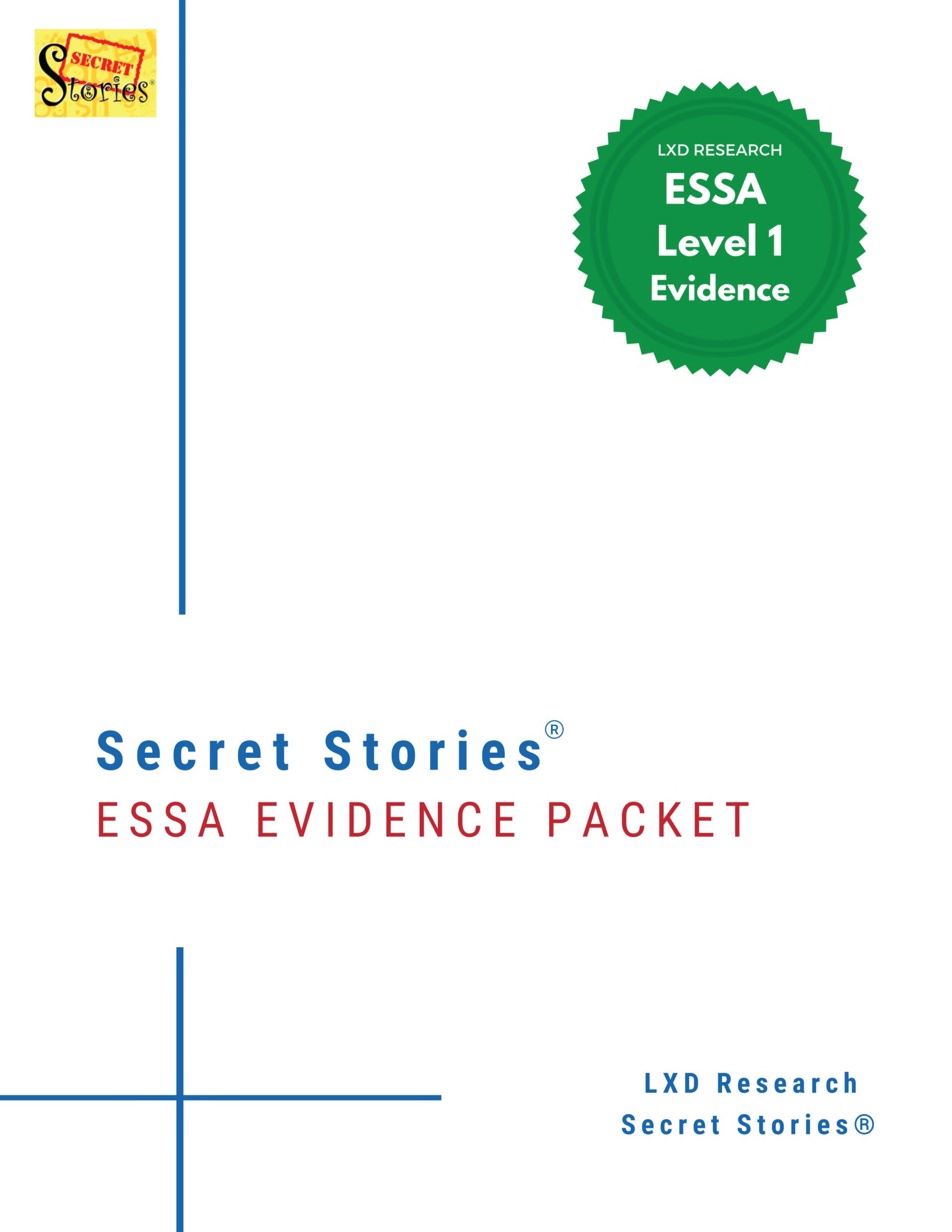
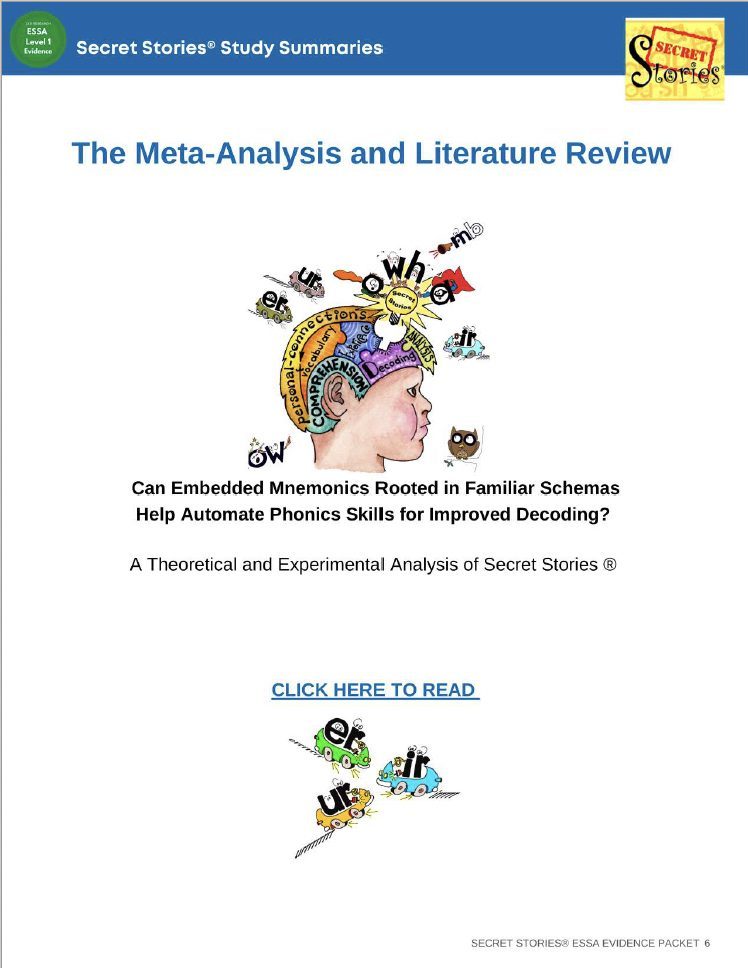
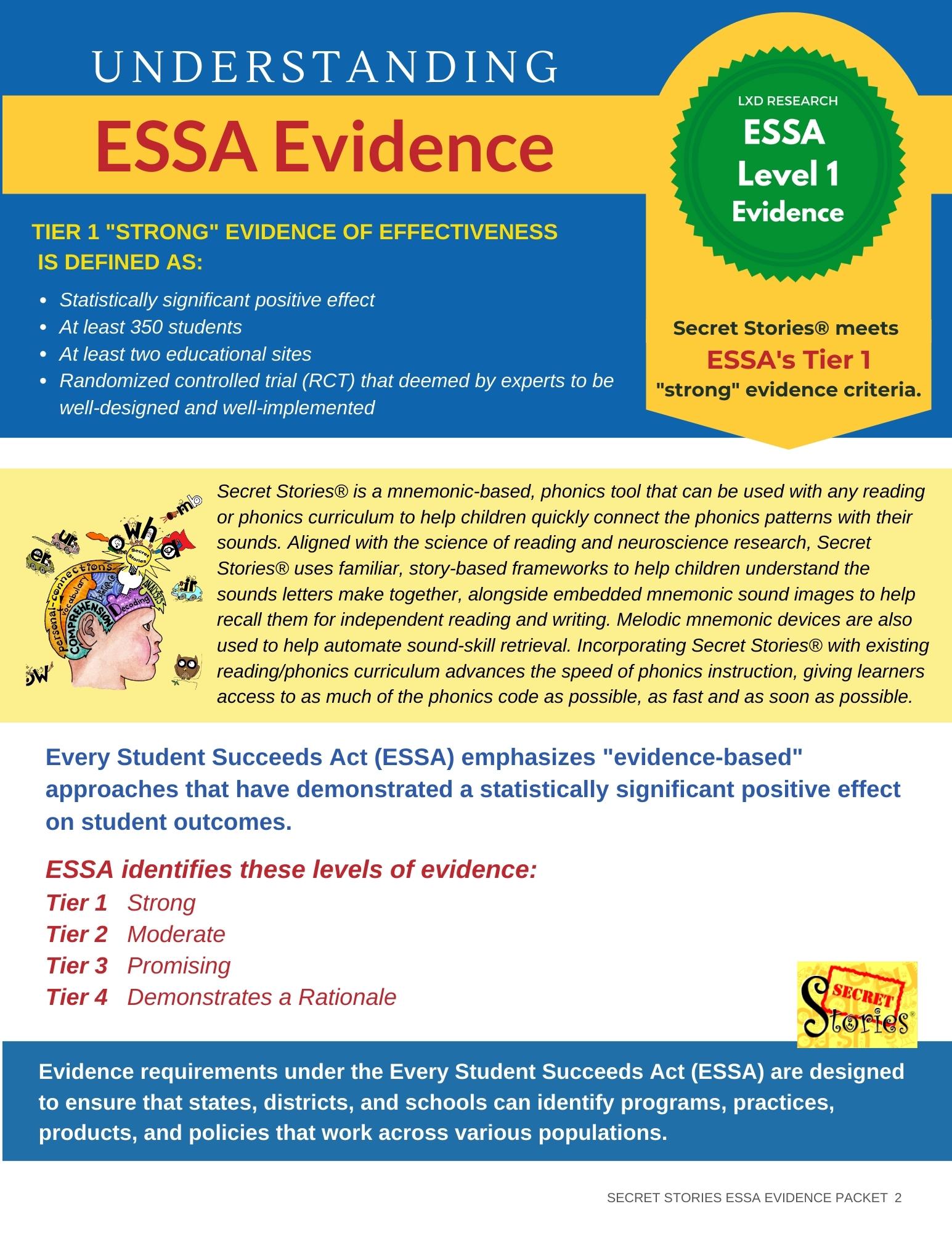
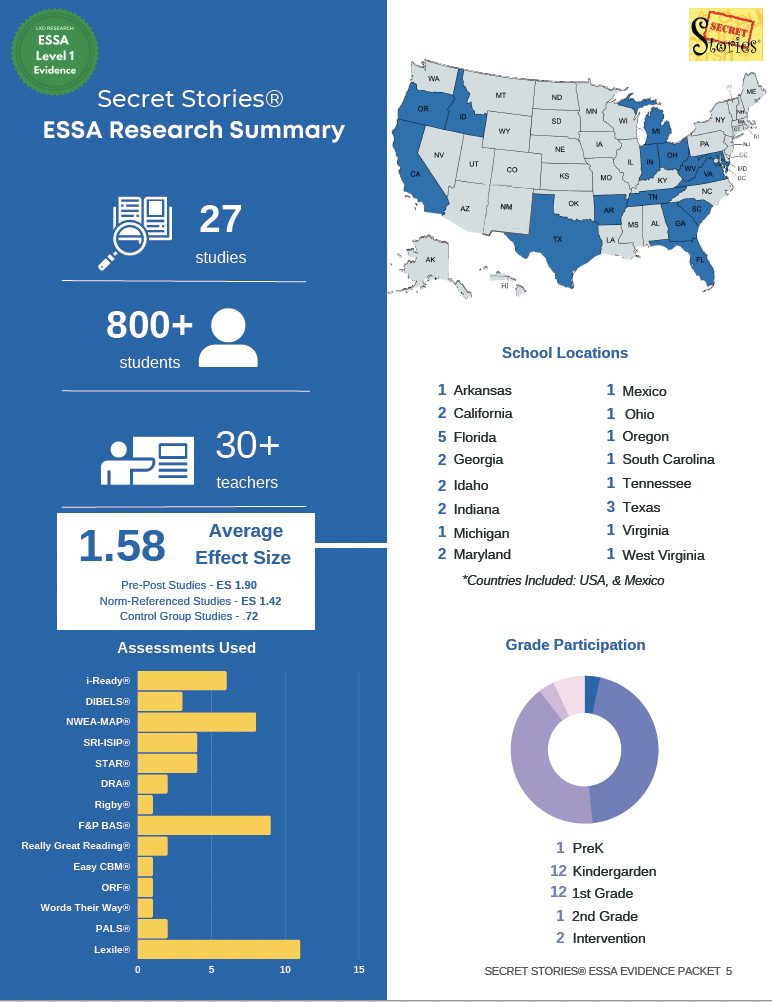
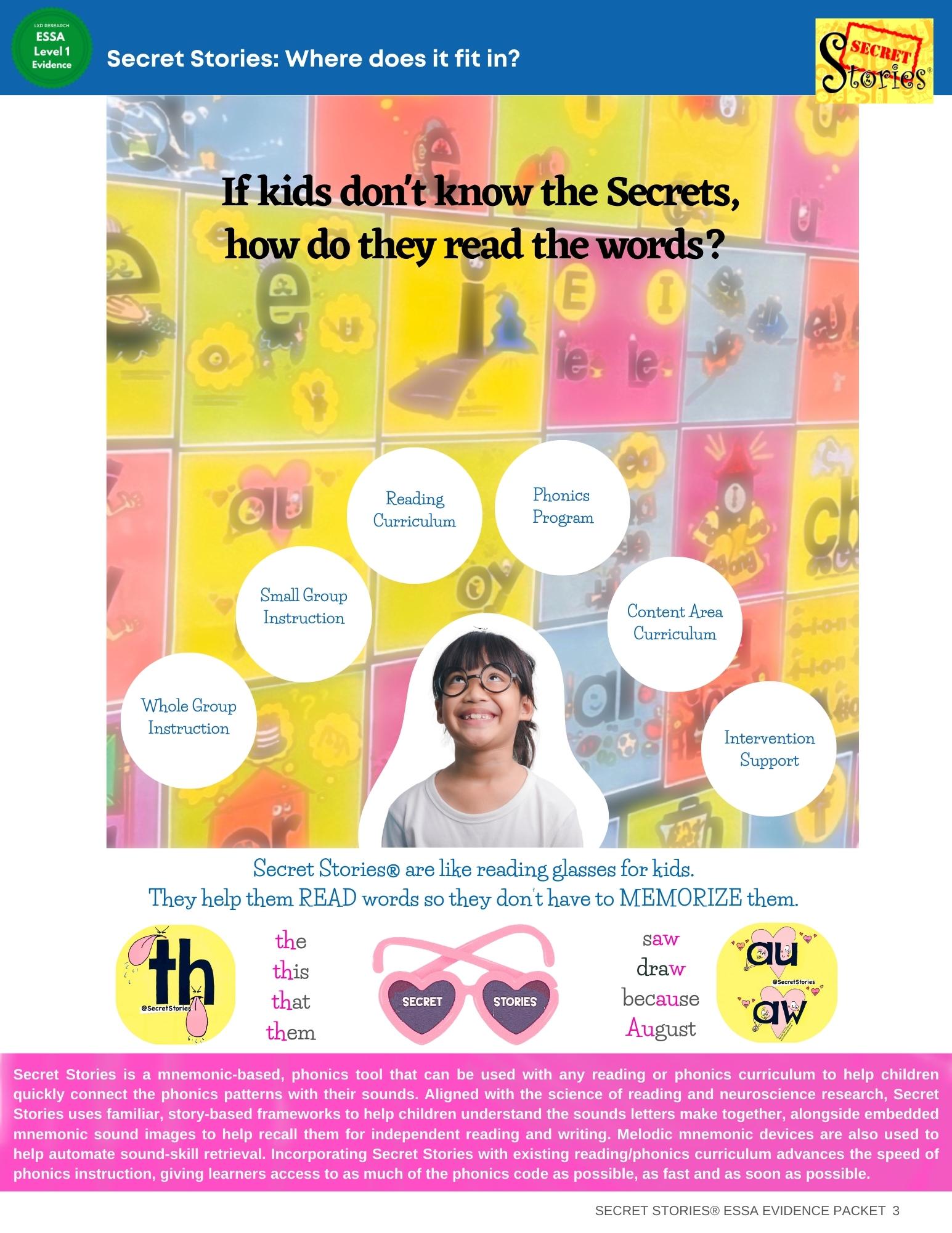
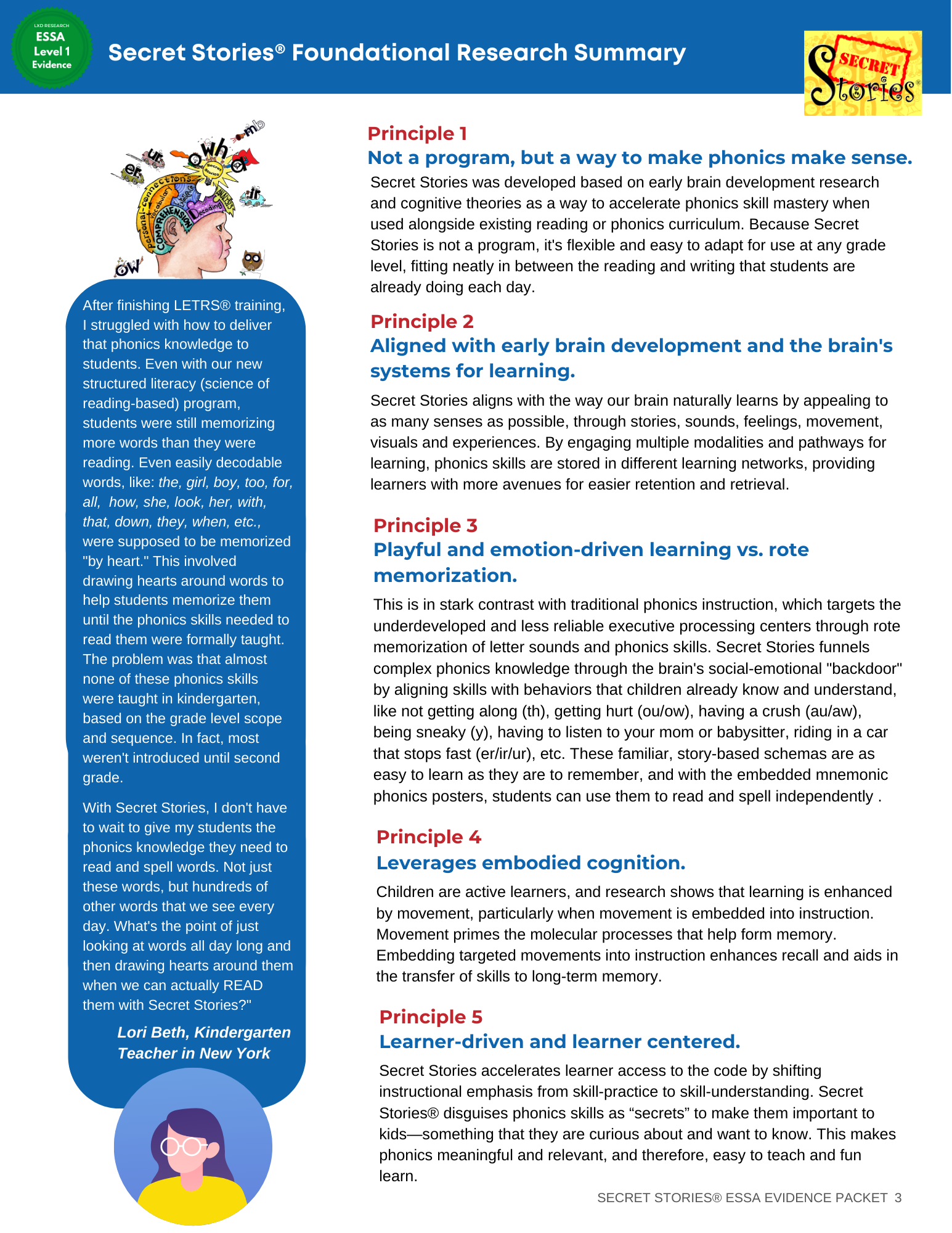
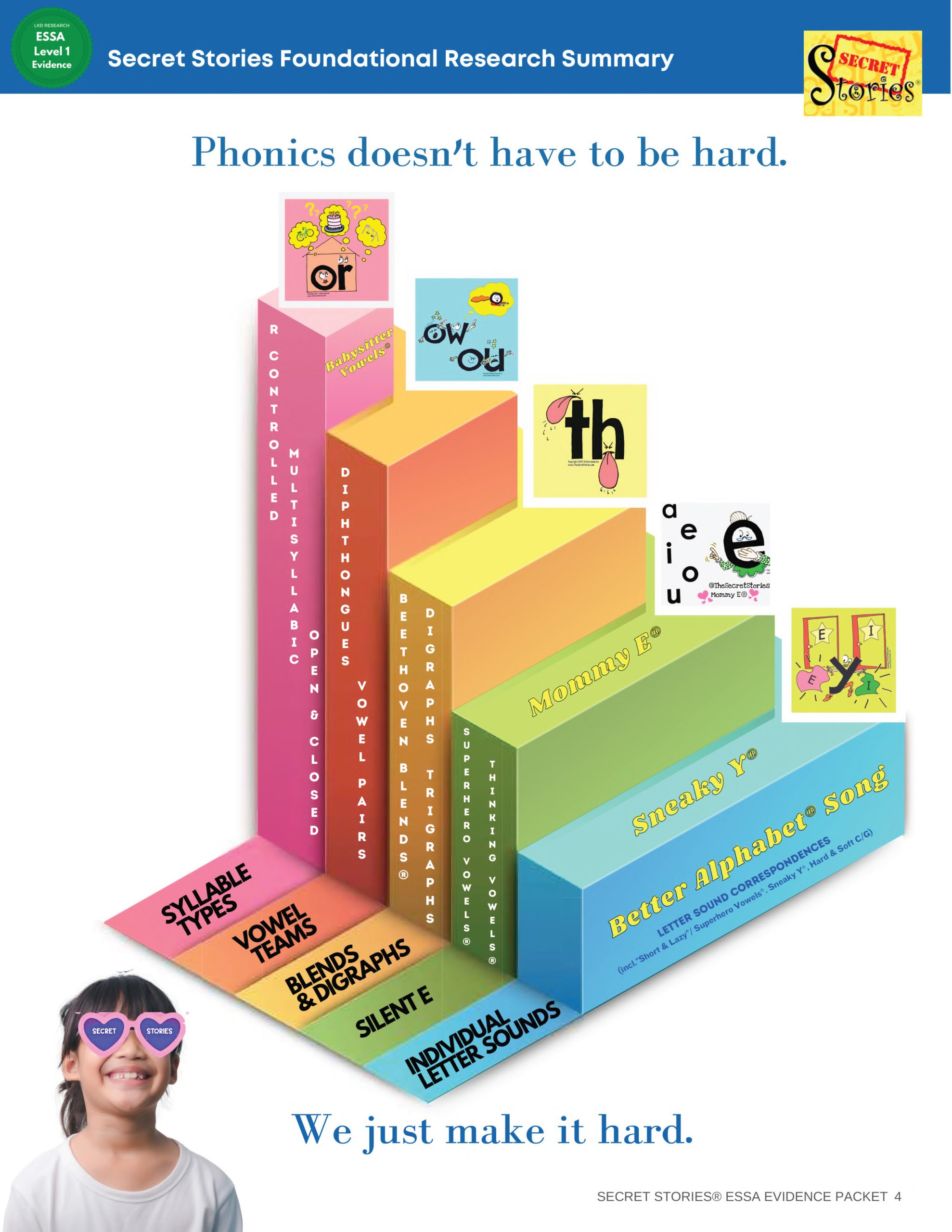
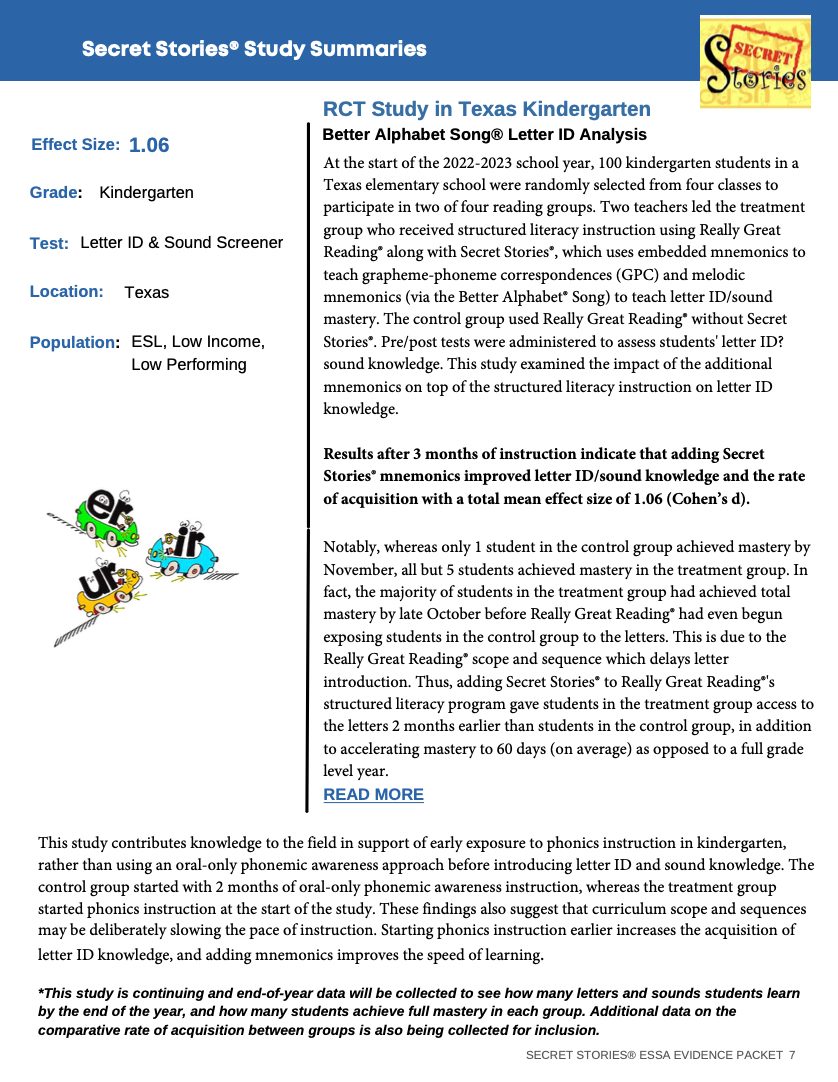

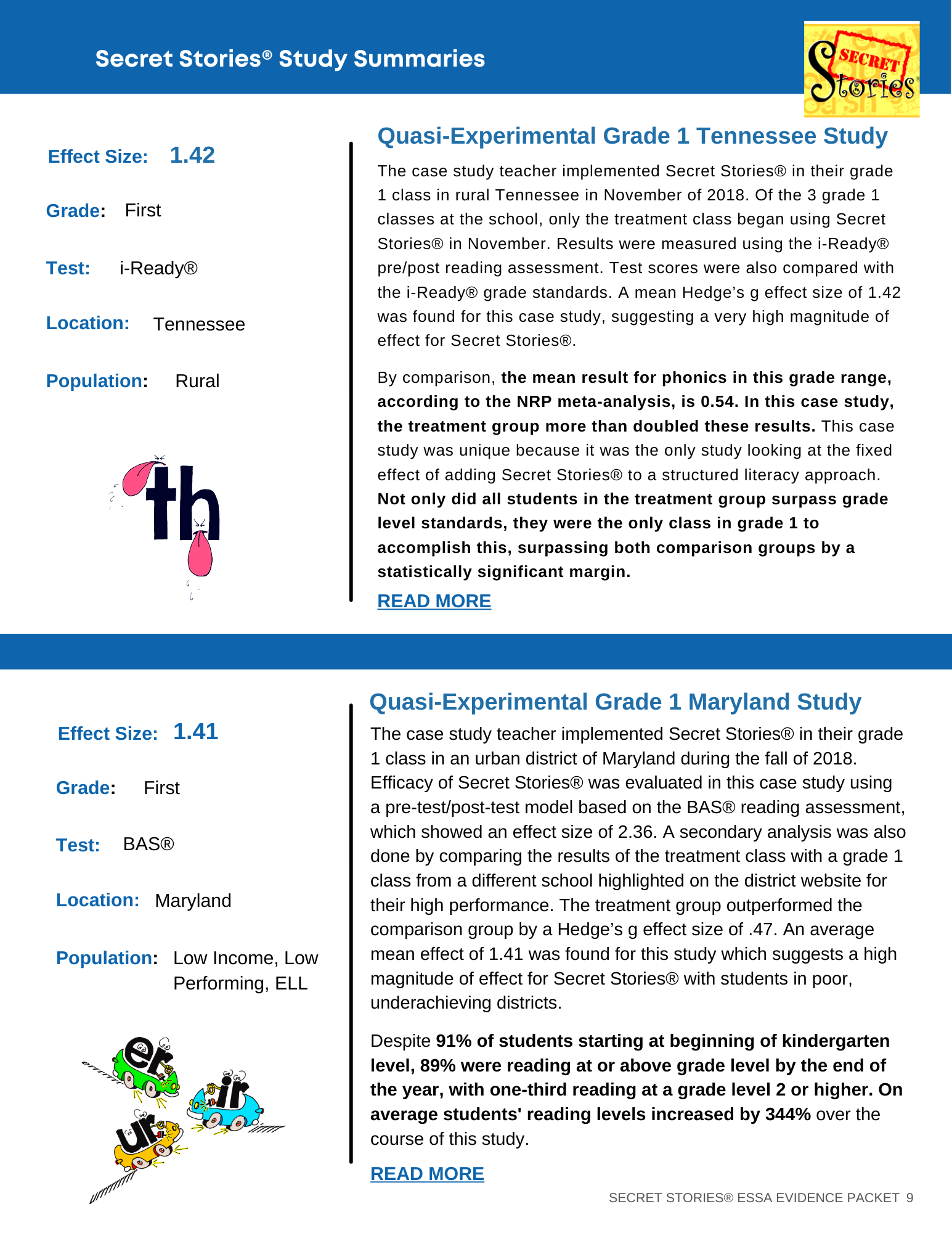
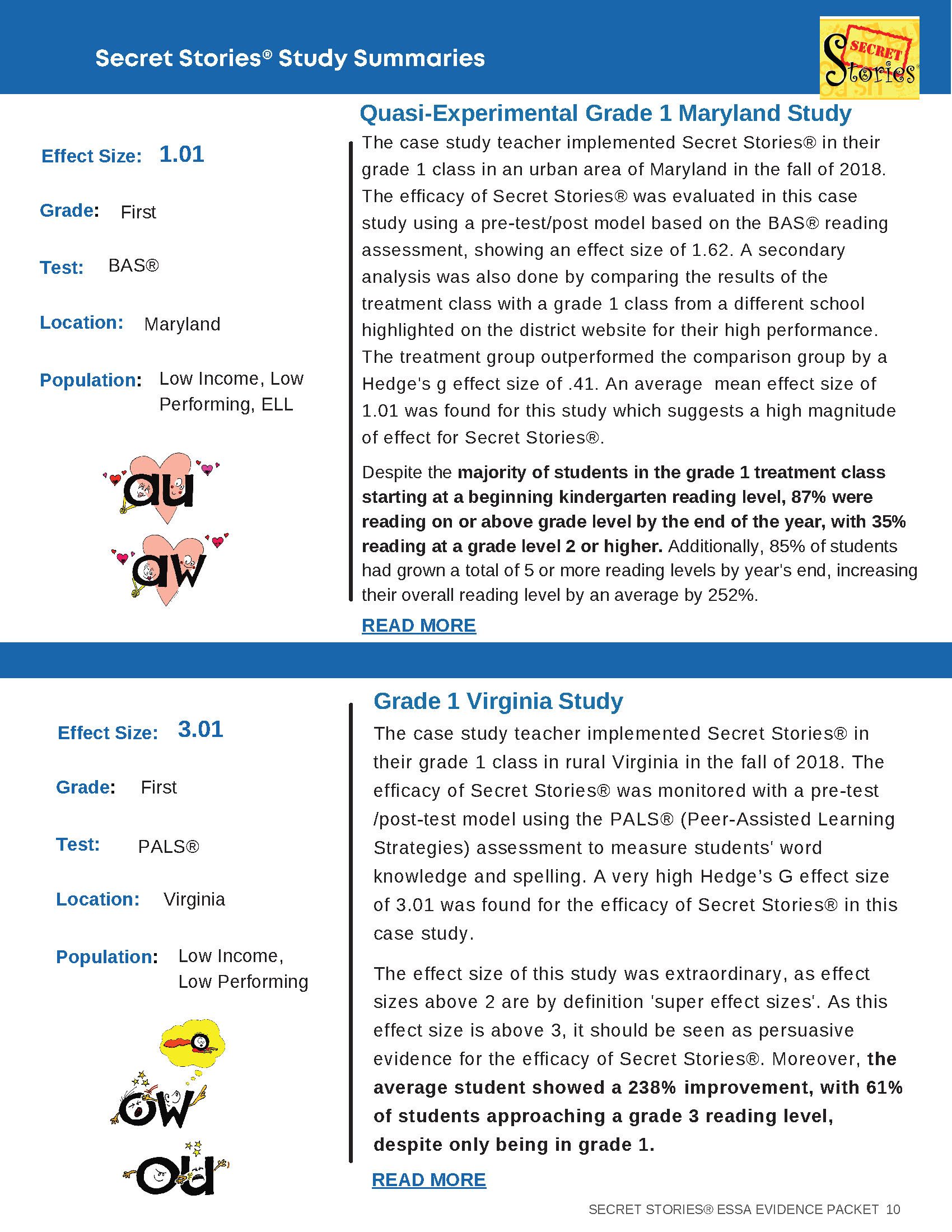
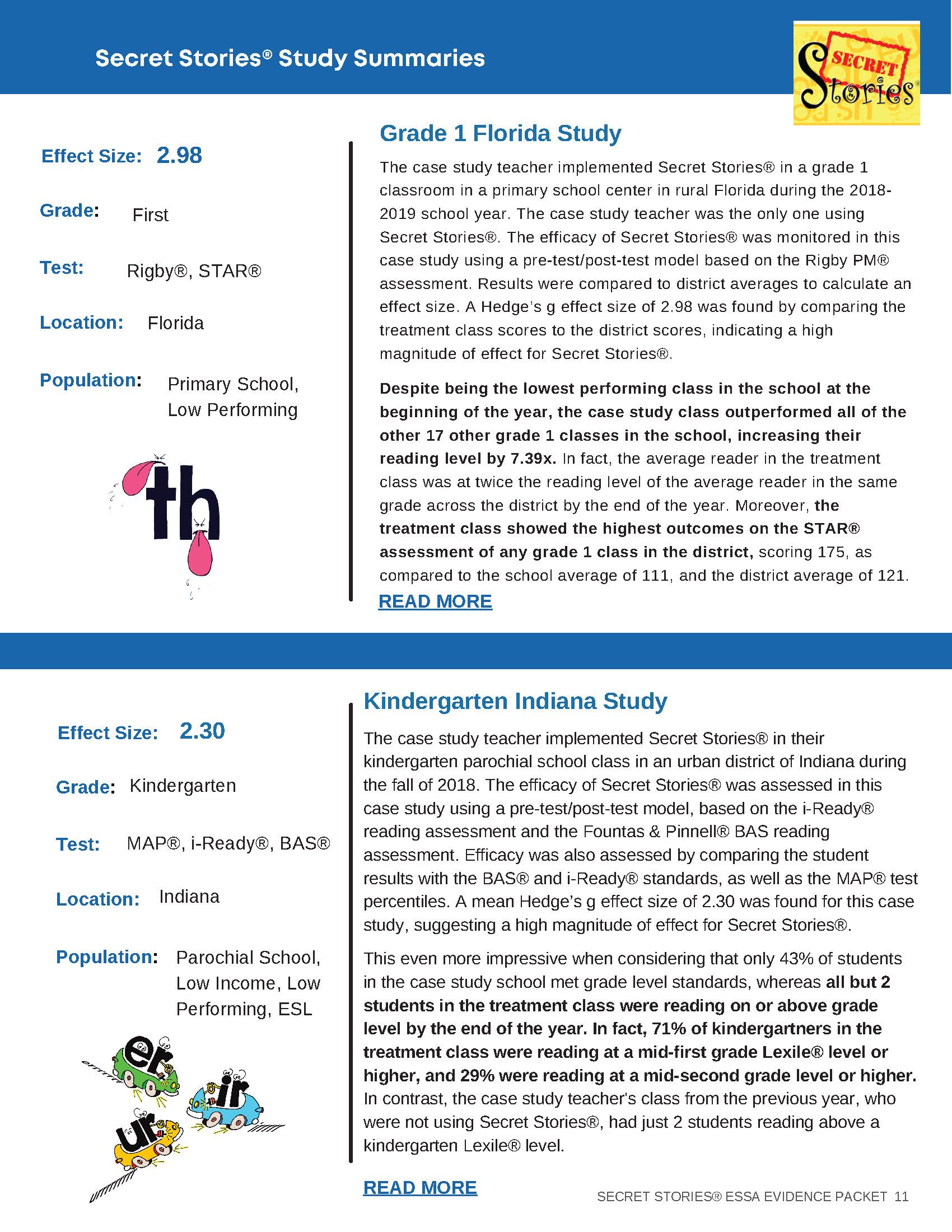
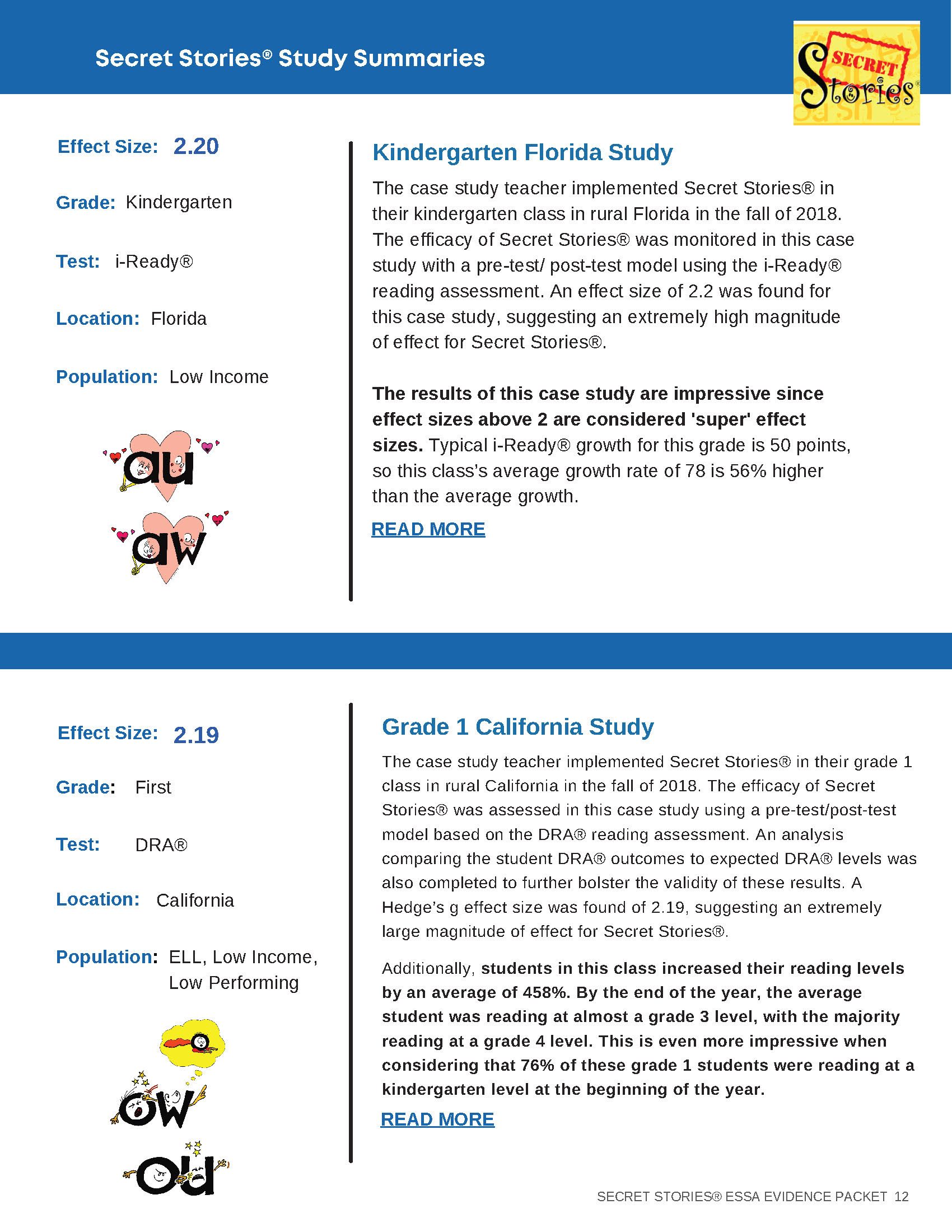
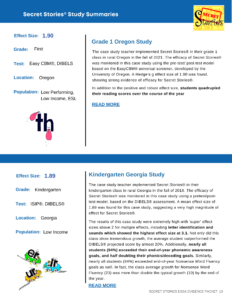

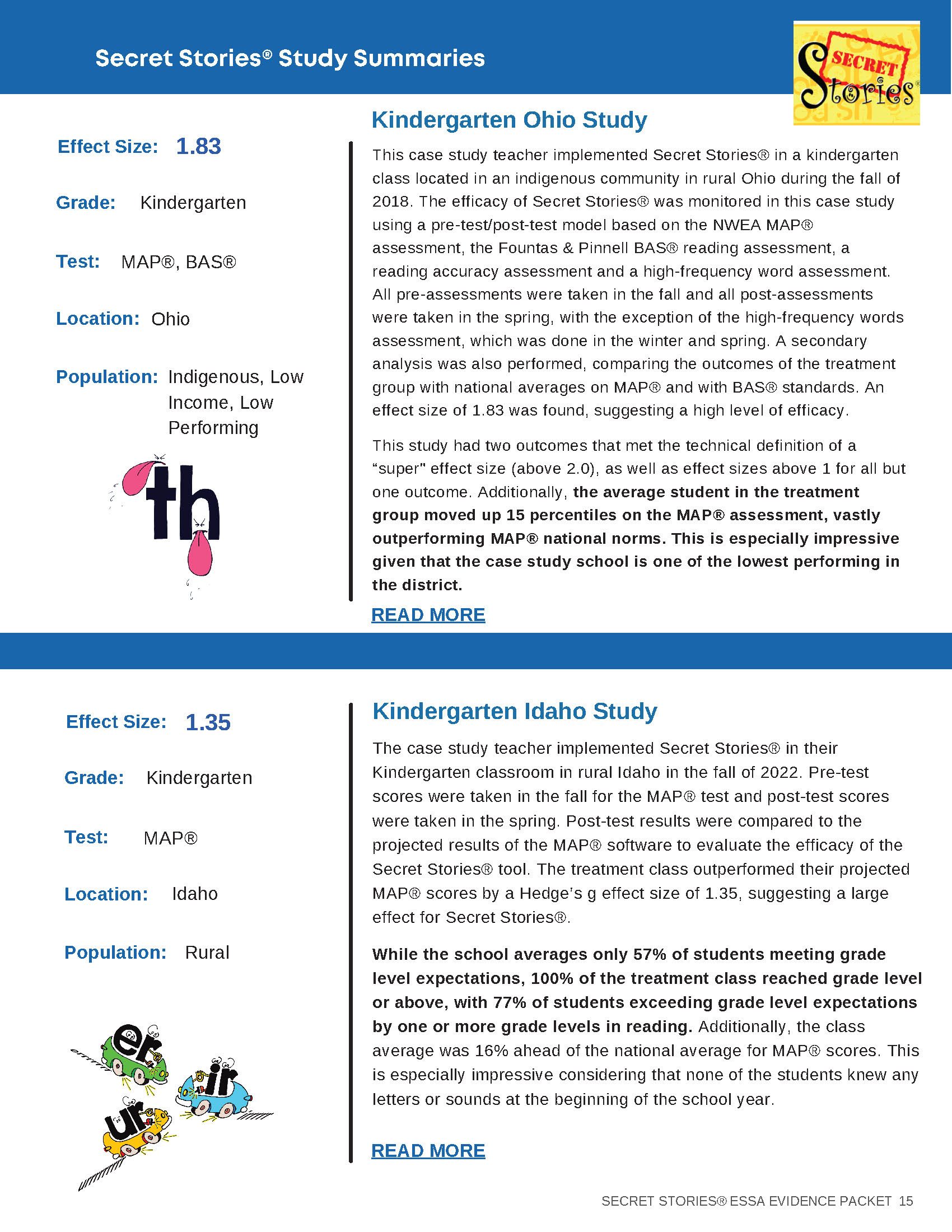
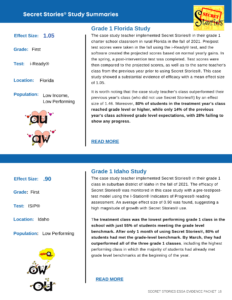
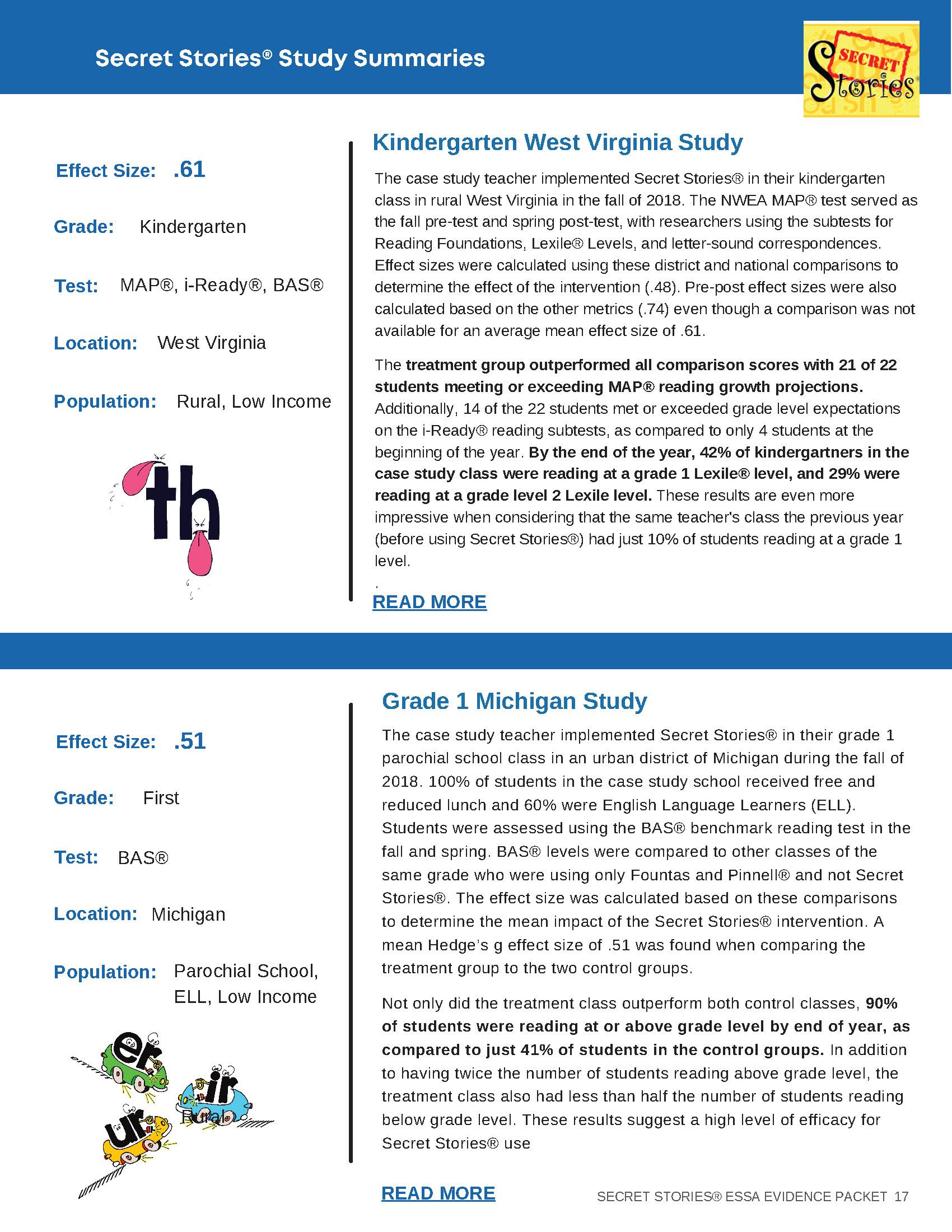
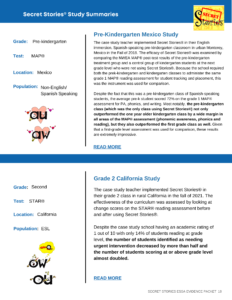
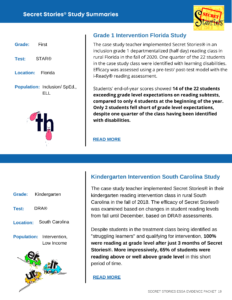
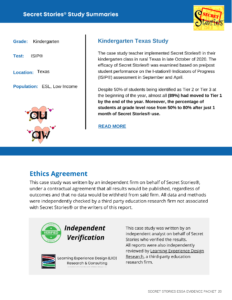
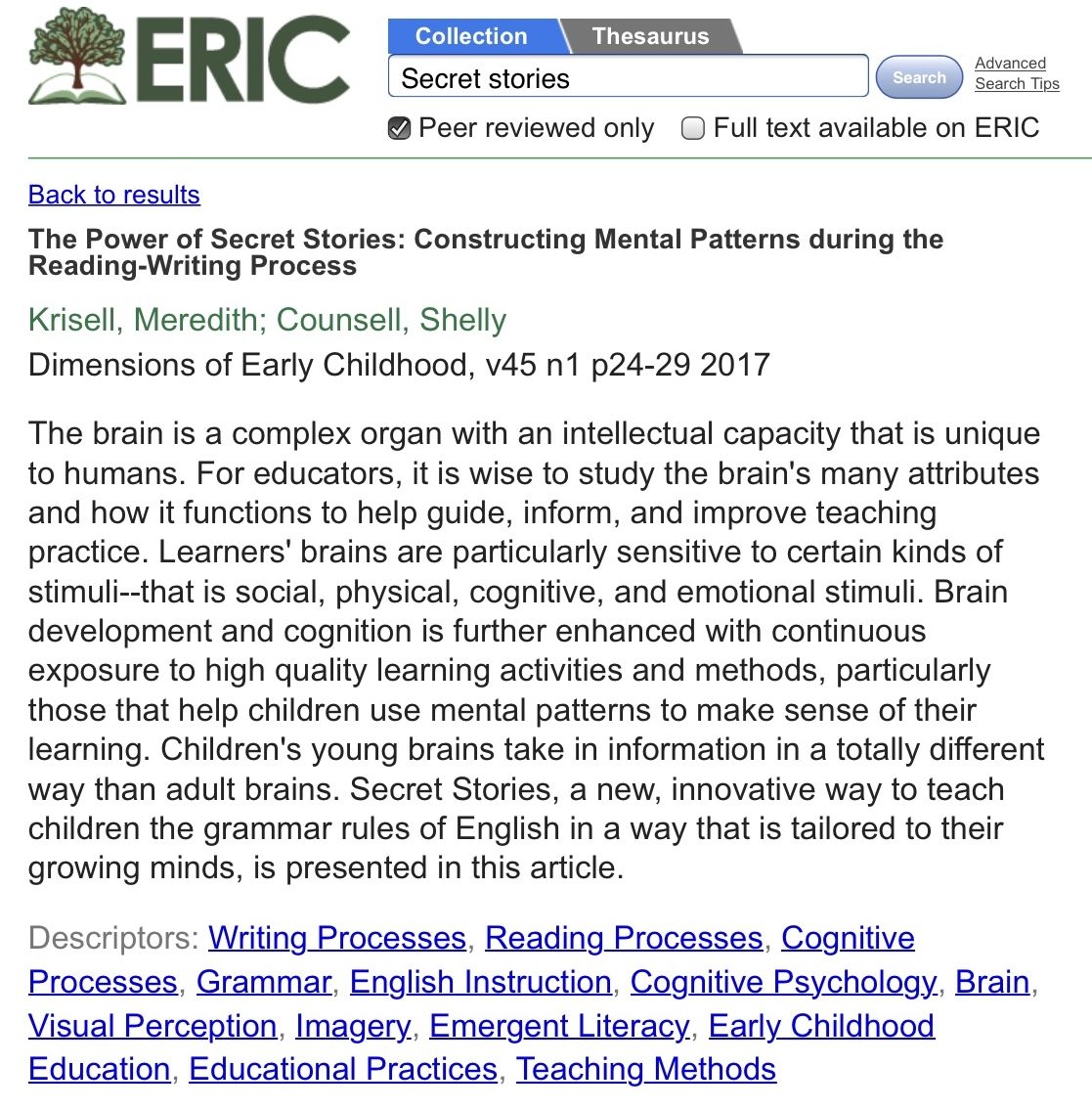
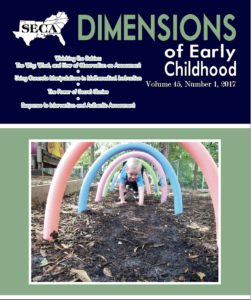
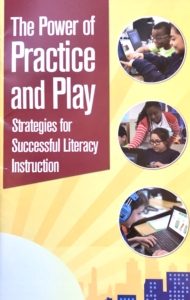
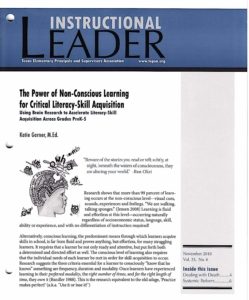
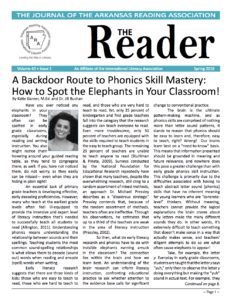
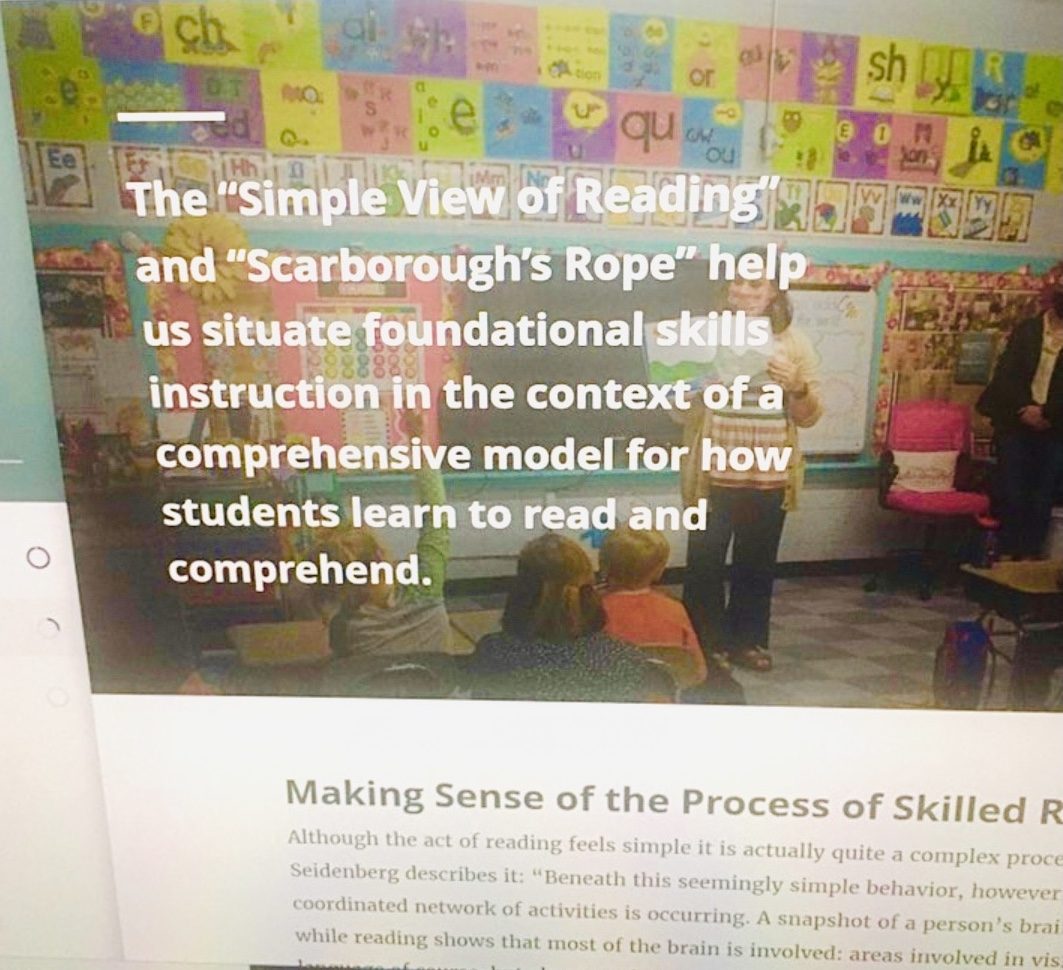
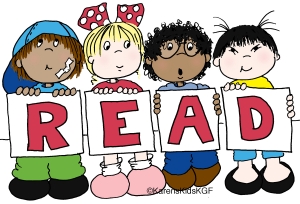
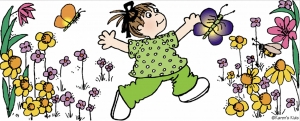

 Auditory Phonics Instruction
Auditory Phonics Instruction Learning to Read Kinesthetically
Learning to Read Kinesthetically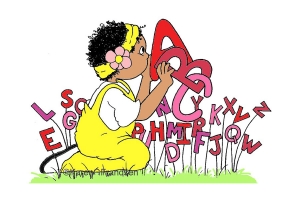 Lyons and Ghetti (2011) noted that children, as young as four years of age, benefited from phonemic awareness and letter sound instruction when the instruction was presented in an interesting and entertaining way.
Lyons and Ghetti (2011) noted that children, as young as four years of age, benefited from phonemic awareness and letter sound instruction when the instruction was presented in an interesting and entertaining way.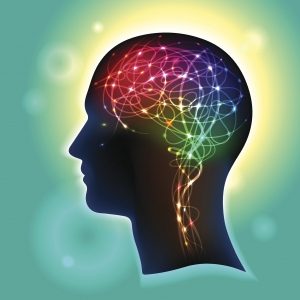
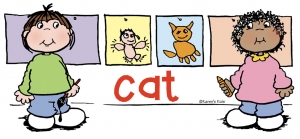 “Beginning readers who focus on letter-sound relationships, or phonics, instead of trying to learn whole words, increase activity in the area of their brains best wired for reading. In other words, to develop reading skills, teaching students to sound out “C-A-T” sparks more optimal brain circuitry than instructing them to memorize the word ‘cat,’ and the study found these teaching induced differences show up even on future encounters with the word. This groundbreaking study provides some of the first evidence that a specific teaching strategy for reading has direct neural impact.” —Dr. Bruce McCandliss
“Beginning readers who focus on letter-sound relationships, or phonics, instead of trying to learn whole words, increase activity in the area of their brains best wired for reading. In other words, to develop reading skills, teaching students to sound out “C-A-T” sparks more optimal brain circuitry than instructing them to memorize the word ‘cat,’ and the study found these teaching induced differences show up even on future encounters with the word. This groundbreaking study provides some of the first evidence that a specific teaching strategy for reading has direct neural impact.” —Dr. Bruce McCandliss The brain seeks meaning and relevance, learning best on a need-to-know basis. However, traditional phonics instruction only offers arbitrary rules for letter sound behaviors with no meaning. Additionally, the individual letter sound skills that are taught at the earliest grade levels are often irrelevant to the sounds letters actually make in text. Moving instructional practice from what is fundamentally brain antagonistic to brain compatible requires students know how, and for what, information is to be used.
The brain seeks meaning and relevance, learning best on a need-to-know basis. However, traditional phonics instruction only offers arbitrary rules for letter sound behaviors with no meaning. Additionally, the individual letter sound skills that are taught at the earliest grade levels are often irrelevant to the sounds letters actually make in text. Moving instructional practice from what is fundamentally brain antagonistic to brain compatible requires students know how, and for what, information is to be used.


